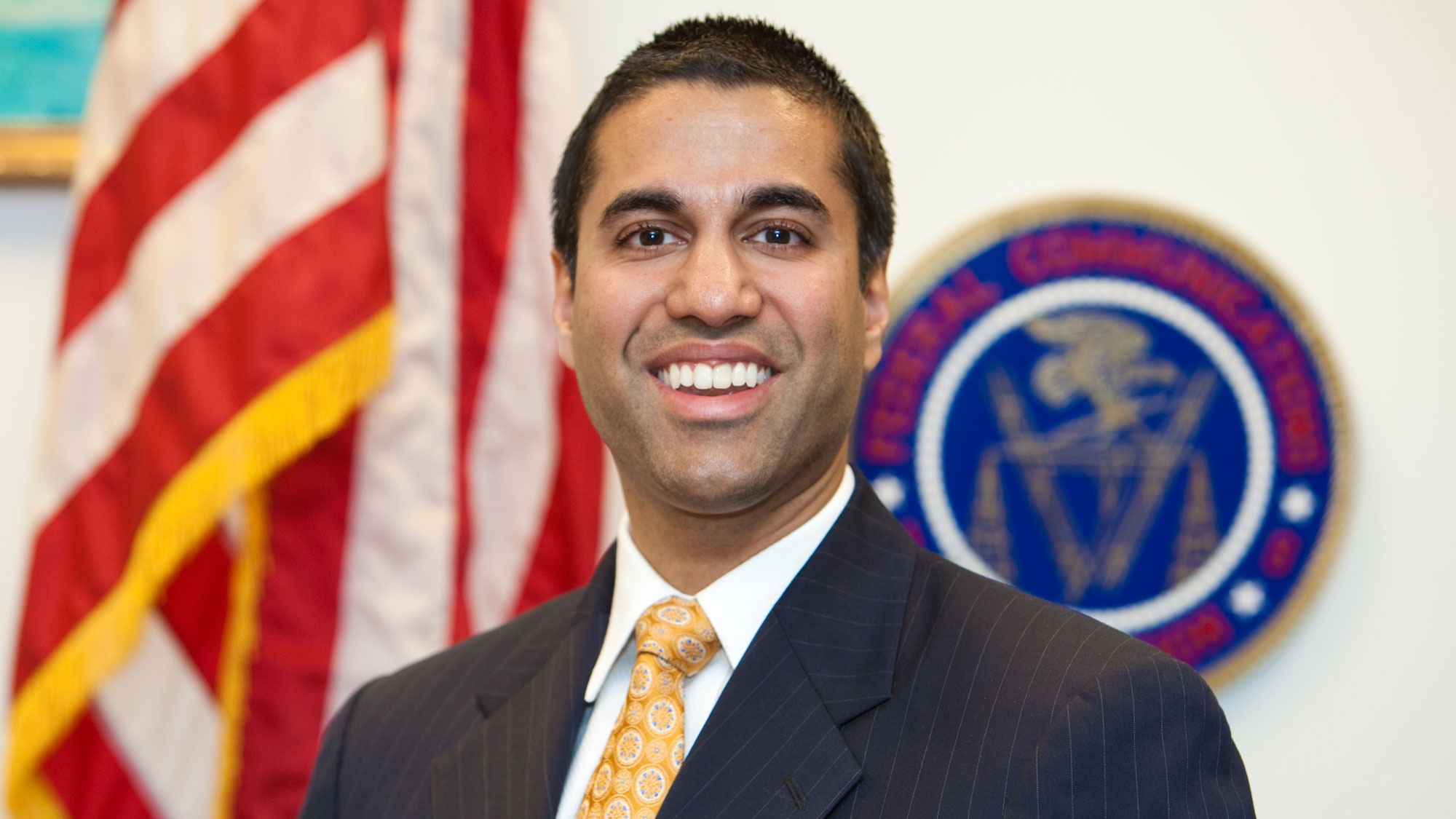FCC's Pai Proposes Streamlining Smallsat Licensing

FCC chair Ajit Pai is proposing to make it easier to launch small satellites (smallsats) for everything from communications to scientific research and remote sensing.
He told a U.S. Chamber of Commerce roundtable on small satellite integration Tuesday (July 9) that he had circulated an item to that effect to the other commissioners for a vote.
He said the draft would be made public on Thursday and sought his audience's support for the move, which he is likely to get.
Related: FCC Approves New Ring of Satellites
The proposal is a way to craft "forward-looking rules" that get past the bottleneck of a "byzantine" licensing and regulatory approval process. "I see no reason why a satellite the size of a shoebox, with the life expectancy of a guinea pig, should be regulated the same way as a spacecraft the size of a school bus that will stay in orbit for centuries," he told the chamber audience, according to a copy of the speech supplied by his office.
There are a lot of startups looking to make smallsats a big player in the digital communications revolution, Pai said, and he clearly wants to help.
The streamlined process would not apply to the constellations of smaller sats for large-scale broadband delivery, like those being launched by SpaceX and OneWeb. It would also take into account the space debris issue that also gets bigger with the launch of more and smaller satellites.
The smarter way to stay on top of broadcasting and cable industry. Sign up below
"To enable this to happen, the order I’ve shared would establish an entirely new regulatory process designed for smallsats," he said. " It would enable small satellite applicants to choose a streamlined alternative to existing licensing procedures which would feature an easier application process, a lower application fee, and a shorter timeline for review. It would offer potential radiofrequency interference protection for critical communication links. It would promote orbital debris mitigation and efficient use of spectrum. And it would tailor the regulatory burden to the nature of the deployment. For example, in order to qualify for the streamlined process, these smallsats would have to be no more than 180 kg, or about 400 lbs. They would also have to quickly burn up in Earth’s atmosphere if something goes wrong and ground operators lose contact; their maximum lifespan would be six years."
So, satellites with short orbital lives would not have to go through the long and expensive approval process for larger satellites, he said.
Contributing editor John Eggerton has been an editor and/or writer on media regulation, legislation and policy for over four decades, including covering the FCC, FTC, Congress, the major media trade associations, and the federal courts. In addition to Multichannel News and Broadcasting + Cable, his work has appeared in Radio World, TV Technology, TV Fax, This Week in Consumer Electronics, Variety and the Encyclopedia Britannica.

